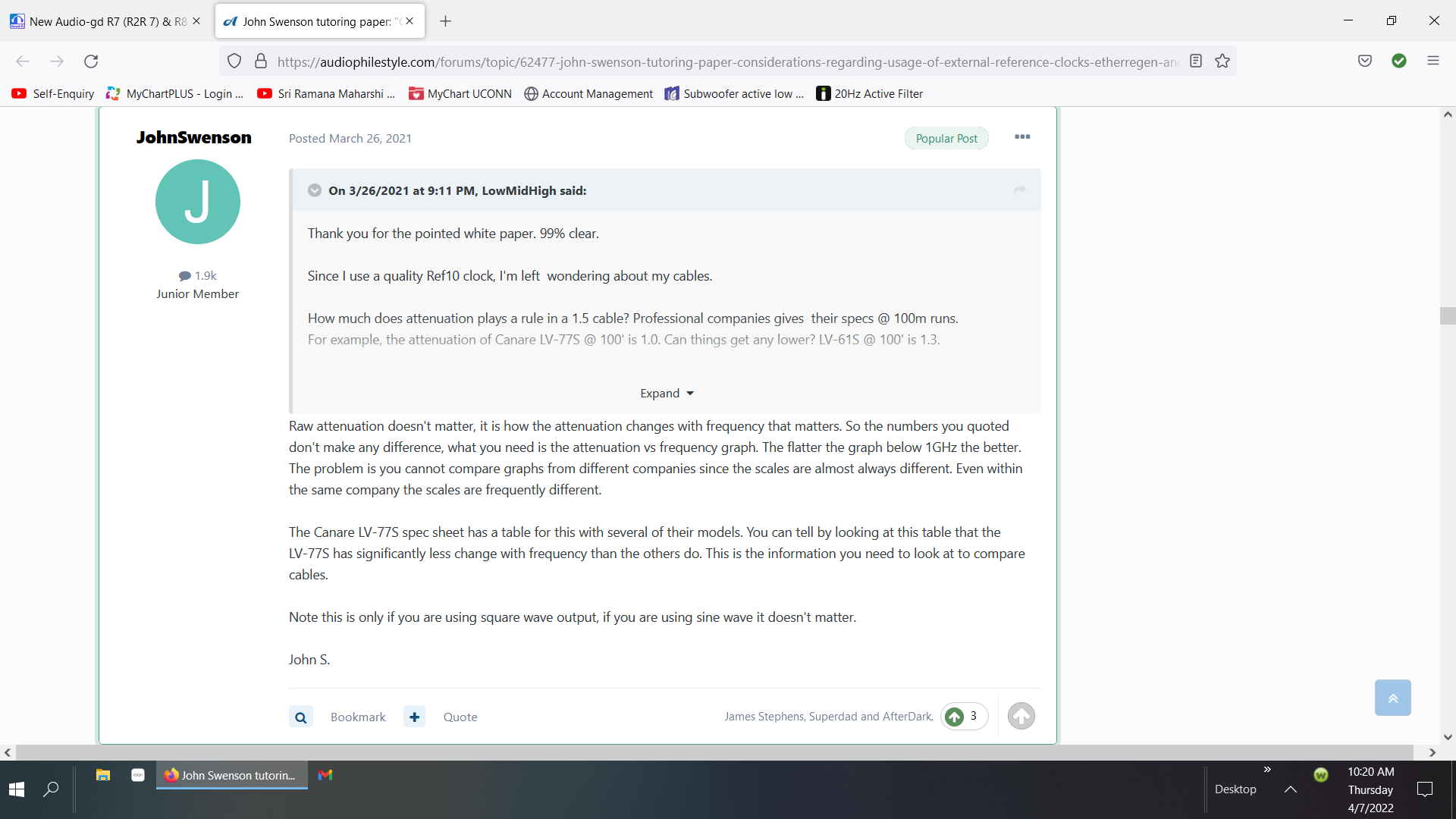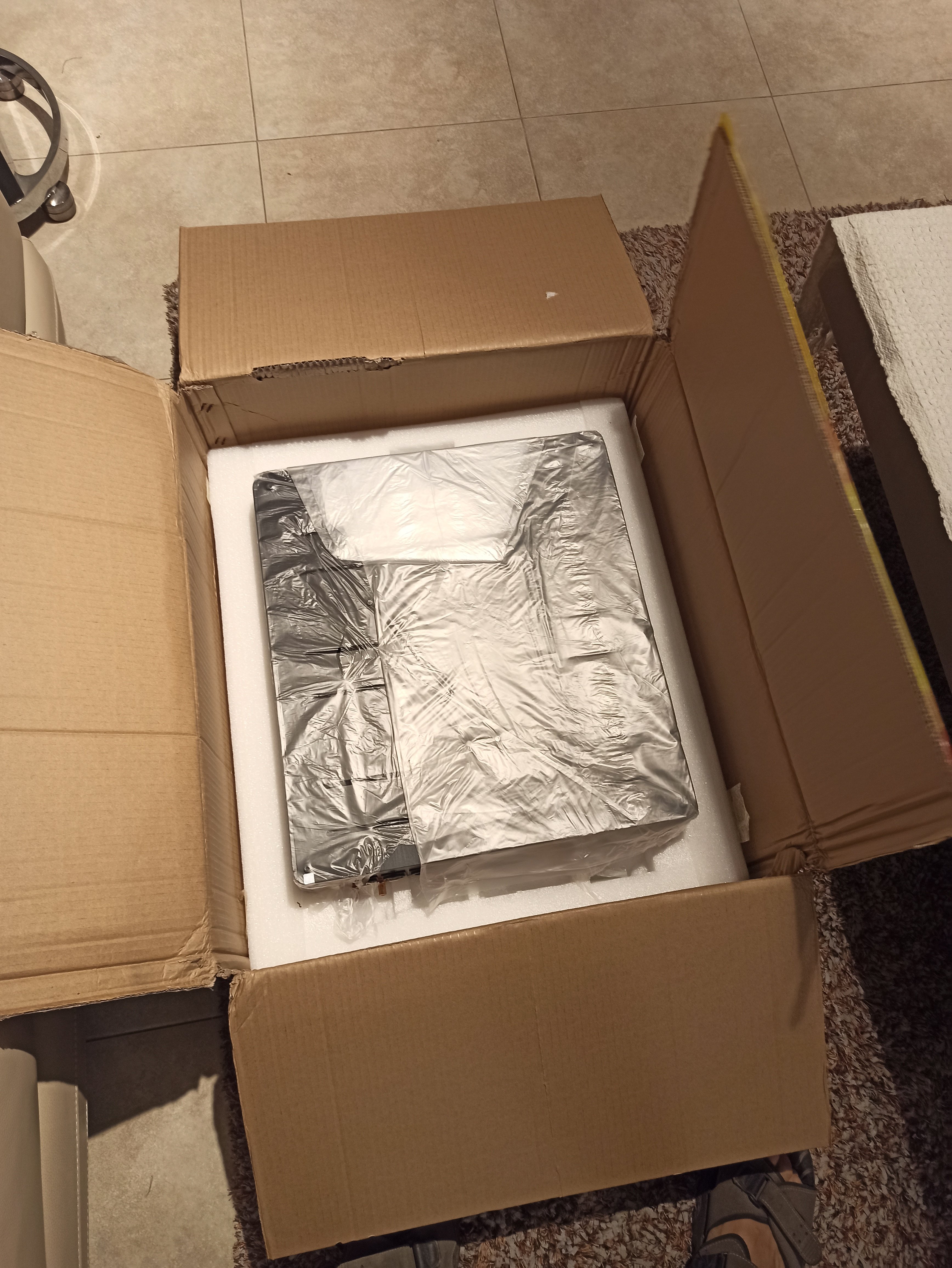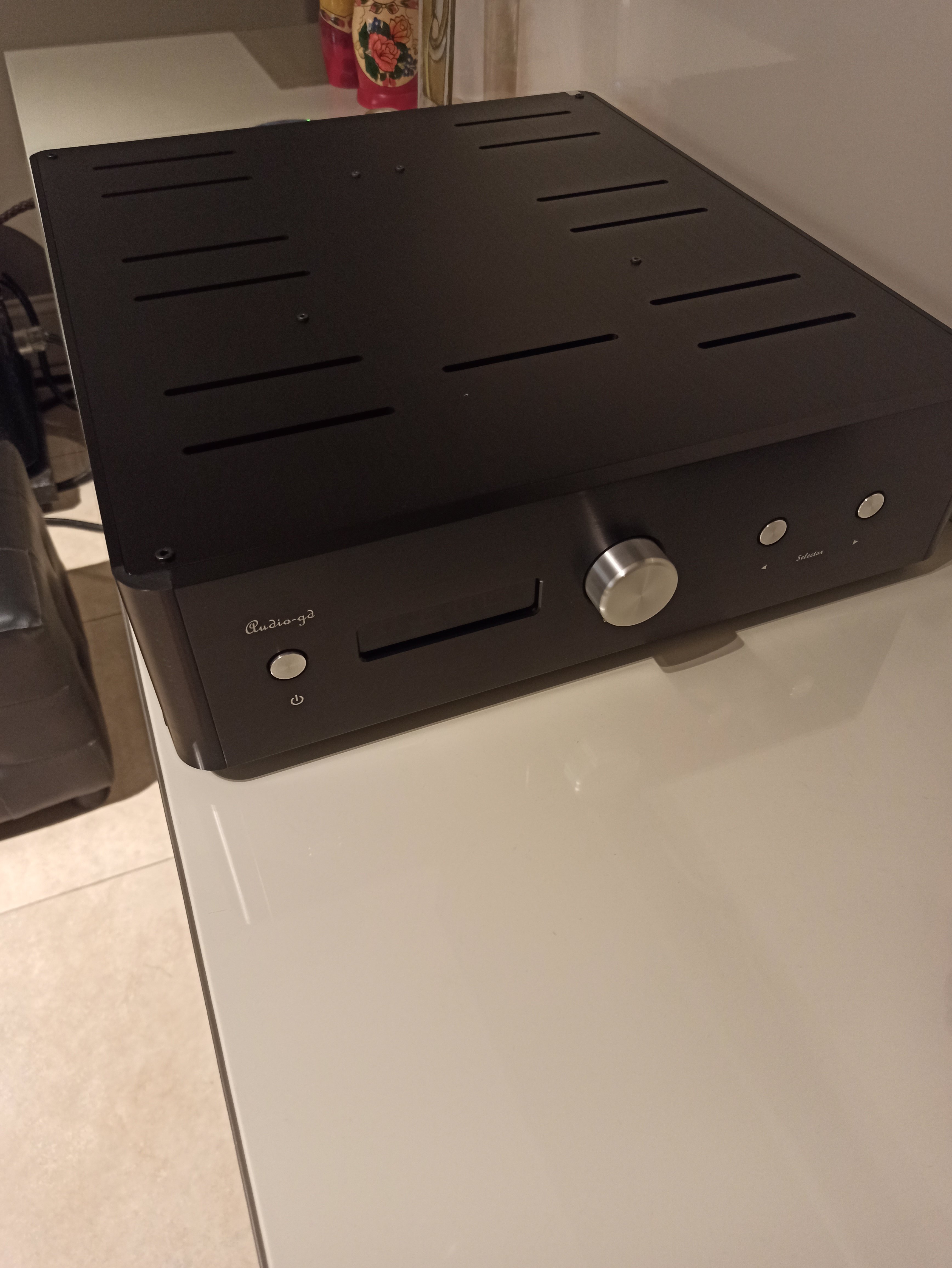For the R8[HE], because the 75ohm coax is converted to [75 ohm] BNC, you are correct - the clock input is 75ohm.isn't Audio-gd's BNC 75ohm? not sure if I misunderstood. I haven't use external clock before.
If you go to the Custom Option tab of the R-7HE Mk2 the clock input comes as 50 ohm but you can order it as 75 ohm.
You can put an ohm meter across the terminals to verify. If you are very good with a soldering iron, I believe one can replace the terminating SMT resistor on the digital board if you needed 50 ohm for the R8[HE] 10M clock retrofit.

























 . But i am tempted. Nice unit. Congrats, Pedro ! You'll taste the silky smooth treble and the blacker background.
. But i am tempted. Nice unit. Congrats, Pedro ! You'll taste the silky smooth treble and the blacker background.